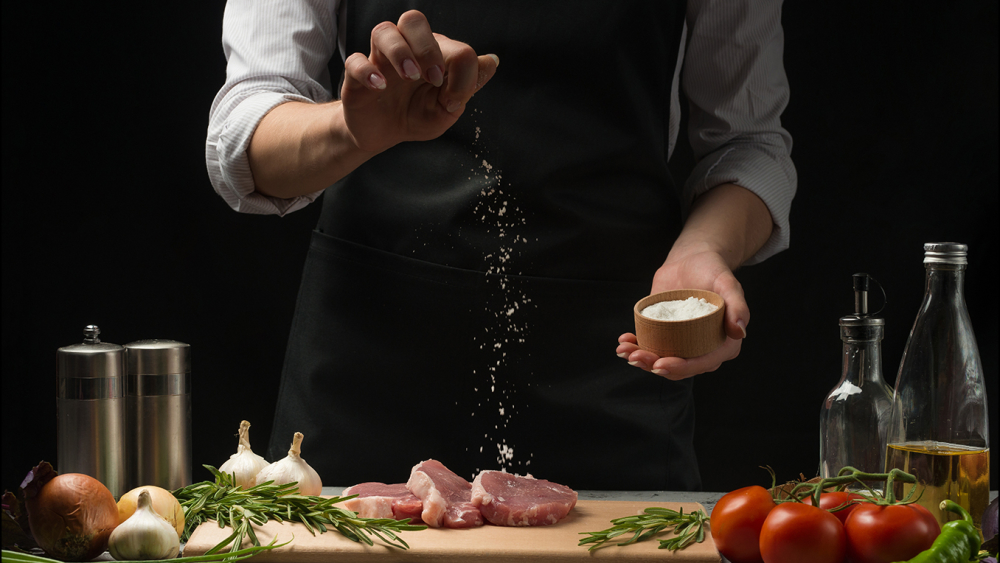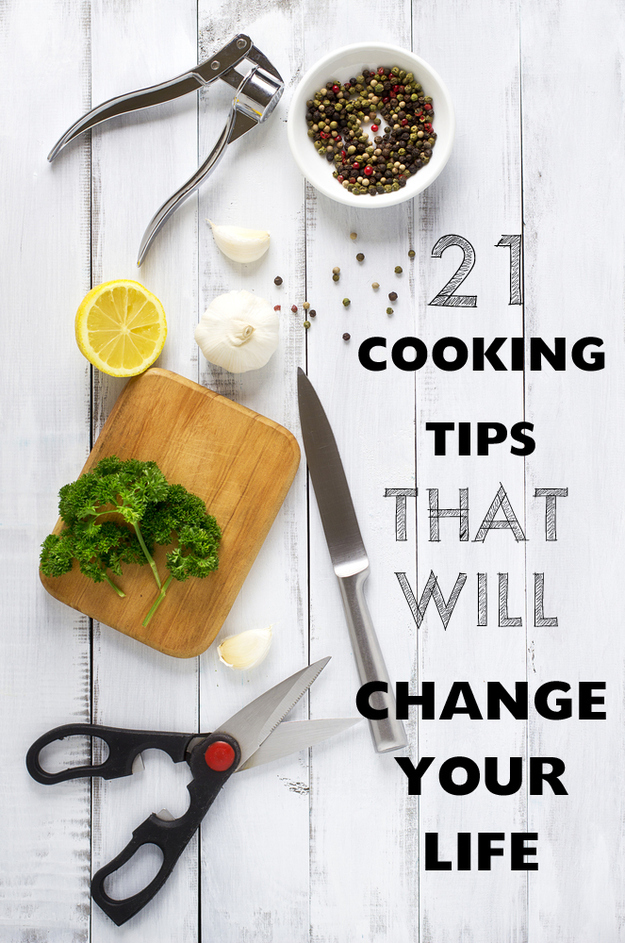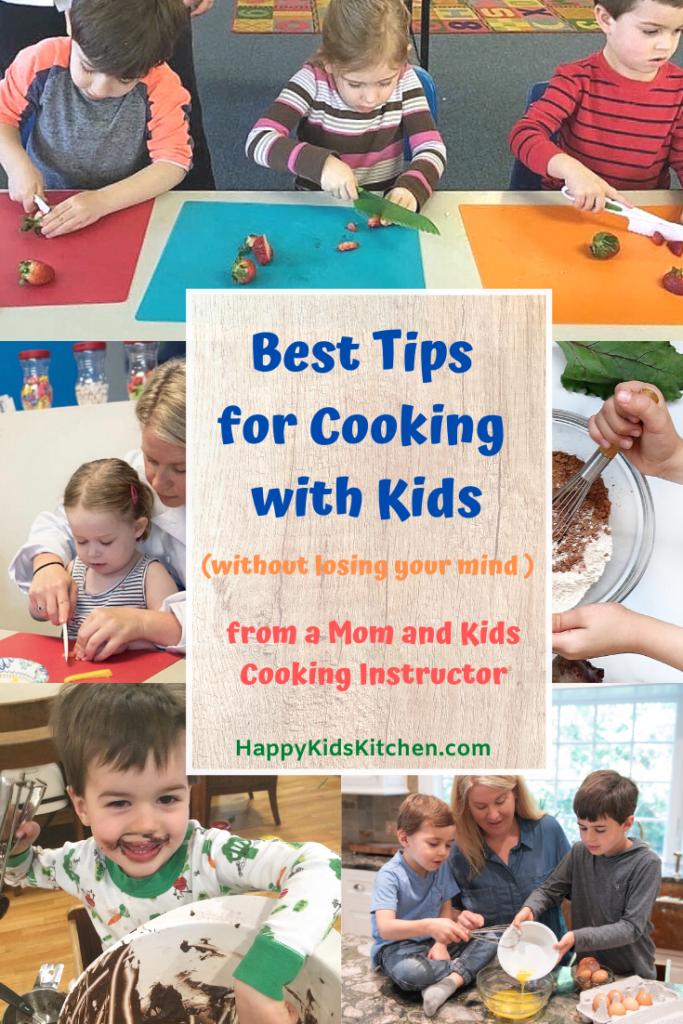
A simple but effective cooking skills checklist should be available for your children. These skills cover everything from creating creative recipes to making sure the kitchen is safe. Here are some tips to help you teach your children these essential skills. Here is a sample checklist.
List of essential culinary skills
In addition to a culinary degree, aspiring chefs should have a strong understanding of how to prepare food properly. These skills include understanding how to prepare food, determine freshness, and convert standard recipes into larger batches. A chef should have excellent time management skills, and an acute sense of taste and smell. A chef should also be able handle knives and other food equipment.
Sauteing is a versatile technique that can be used with a variety ingredients. Lightly sauteed vegetables and shrimp in garlic butter are particularly delicious. Braising is the oldest method of cooking. It involves boiling on an open flame. It is a fairly basic skill, but is still very useful. A good cook is someone who can boil a food. It is essential to learn how to use the knife and to understand safety tips.
Creativity in cooking
When preparing a meal, creative recipes are very important to success. They not only showcase your creativity but also your skills. Divergent thinking, also known as creative thinking, is a way to think outside the box and come up with new ideas. This is an important skill for a cooking career, because it allows you to experiment with different flavors and cooking techniques and impress your customers. You can experiment with new flavors and impress your employer by using your creative mind. You can experiment with different flavors and come up creative themes for your meals. To improve your creativity, brainstorm and research cooking methods.

A problem with cooking skills definitions is that they can be inconsistent. While the authors do not agree on which one is more important, they do agree that the definition of the skill should change. They argue that the definition of a skill should be evolved from the perceived "Golden Age" when cooking skills were developed beyond a person's ability to prepare basic foods. We must support the advancement of these skills in order to ensure that food has a bright future.
Safe cooking in the kitchen
For the safety of your staff, it is important to create a safe space in a commercial kitchen. With open fires, bacteria and electrical appliances in the kitchen, it can be dangerous. First, it is crucial to plan the cleanliness of your kitchen and install safety equipment. You should also ensure that your children are always supervised when you're in the kitchen. Properly training employees and implementing a safety plan can go a long way to preventing accidents.
For all kitchen staff, fire-resistance training and fire safety training are essential. You can get fire-safety training through your local fire department. Staff in the kitchen should be familiar with where fire blankets and extinguishers are and how they can be operated. As needed, employees should be trained in CPR and emergency first aid. Kitchens should have nonslip flooring and mats, if possible.
Identification of food safety hazards
You must identify food safety hazards before you prepare any meal, or cater for special occasions. Identifying potential hazards is an important part of food safety, as it can prevent outbreaks of food poisoning and product recalls. Failing to identify potential hazards can lead to brand damage and regulatory action. Codex HACCP compliance by food businesses is critical. It is essential that you identify hazards.

Many physical dangers can be harmful to people. They can either be natural or manufactured and can also come from packaging or individuals. Different physical hazards have different probability of causing disease or injury. These hazards don't have to be necessarily dangerous. They just need to be eliminated. To identify potential hazards, identify the source of the risk and determine how to minimize it. You can also examine the product to determine the source.
FAQ
What is the average time it takes to become a chef? What is the average career path in this field?
It takes five years to become a chef. You will be able to learn basic cooking techniques as well as gain practical experience working in a kitchen. You can apply for line, sous or executive chef positions after you complete your training. A chef can earn between $25,000 and $60,000 annually.
Can I learn how to cook together with my children?
Yes! Yes! It's a fun activity that teaches them responsibility and teamwork. Children can help in everything, from washing vegetables and cutting onions. Children will love helping to cook if they are taught safe knife handling techniques.
How much does it cost to study Culinary Arts?
There are many factors that influence the cost of learning culinary arts. A four year degree is typically around $40,000. A two-year associate degree, on the other hand may cost less than $5,000. Tuition rates vary depending on what program you choose. The prices charged by private institutions are generally higher than the public.
Where can I find high-quality kitchen equipment?
You can purchase high-quality kitchen equipment online. Many websites offer all types of kitchen equipment for purchase. You should read user reviews and ratings before purchasing any kitchen tools. You can also ask other people who own similar items if they would recommend them.
Statistics
- under 10 Kids have been taught that there is special food just for them, and Fiese says that 10 percent of kids will throw a tantrum if they don't get the food they want. (washingtonpost.com)
- You'll be amazed that over 90% of CIA students receive scholarships and grants to finish their culinary studies. (ischoolconnect.com)
- According to the BLS, chefs earn $58,740 a year. (learnhowtobecome.org)
External Links
How To
How to make a perfect omelet
Omelets are one of my favorite foods to eat at breakfast. But how do you make them perfectly? I have tried many different recipes and methods, but none of them work. So today, I want to share some tips and tricks with you so you can make your own delicious and fluffy omelets every morning.
When making omelets, it is important to be aware that eggs can be temperamental. The eggs must be fresh from an organic source and kept at room temperature until they are ready to be cooked. The yolks and whites will not form properly if they aren't kept cold enough. This makes your omelets look weirdly colored. If you want to make omelets right away, it's best not to use eggs that are too cold.
Another tip is to separate each egg before adding them to the saucepan. It is important not to allow any white to mix with the yolk as this could lead to the omelet becoming curdled.
The egg can burn if it is placed directly on the stovetop. Instead, heat the egg in a microwave for 10 seconds and then place it in a pan. The microwave heat will cook the egg just right without making it too hot.
Next, let's talk about mixing the eggs. Mix eggs well together. You need to turn the bowl of the mixer upside down. Then shake the bowl vigorously. The egg will be thoroughly mixed in the bowl as the air is whipped.
Now comes the fun part: adding the milk to your mixture. Fold the eggs in the milk mixture by first pouring half of it into the egg whites. Don't worry if there are still streaks of egg visible; these streaks will disappear once you flip the omelet.
After folding the eggs, place the pan on medium heat and wait for the oil to start sizzling. Once the oil starts getting hot, add 1/4 cup of butter to the pan and swirl it around to coat the entire surface of the pan. Carefully open the pan's lid and add salt to the pan. An additional pinch of salt will prevent the omelet form sticking to your pan.
Once the omelet has formed, cover the pan again and wait for the top side to set completely. Flip the omelet over using a spatula or flip the pan upside down. Cook the other half for another minute. Remove the omelet from the pan and serve immediately.
This recipe is best made with whole milk. However, it can also be used with skimmed milk.